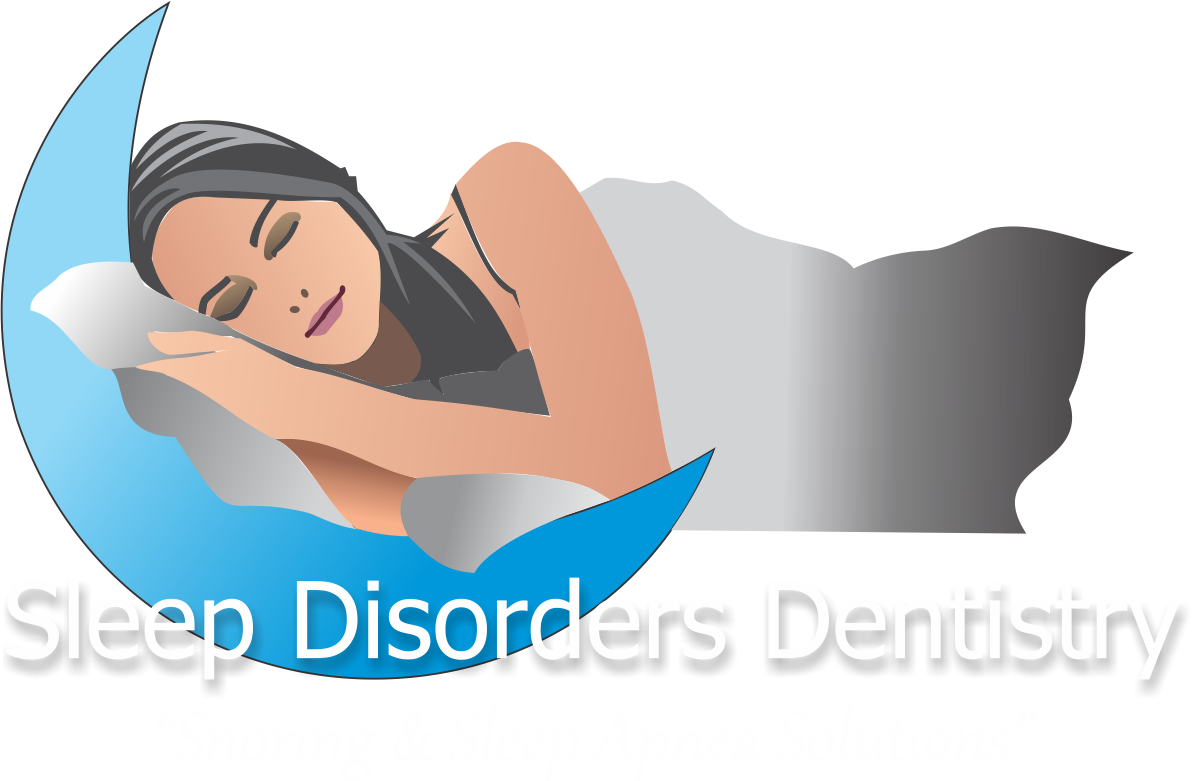Sleep Apnea Therapy in Canada: What happens to the other 46%?
So, you’re tired of feeling tired or hearing from your spouse about your snoring. You go to your family physician, which refers you to a Sleep Specialist. After the Sleep Study results are available you are told that you stop breathing in your sleep 30 times an hour, something that would concern most people. You are then told about lifestyle modifications that you may want to consider, and various therapeutic approaches. But the one they highly recommend, and that the government sponsored Health Plan covers is CPAP. Continuous Positive Airway Pressure, which involves blowing the appropriate level of air pressure up your nose on a continuous basis preventing your airway from collapsing during sleep. You simply breathe with and against the constant stream of air. This therapy is effective in preventing the airway from collapsing and eliminates snoring for virtually everyone. So, all is good! Until you take it home…
ResMed CPAP
About 1/3 of patients take to CPAP very well, and actually become missionaries telling everyone around them how it’s changed their lives. About 1/3 struggle with it daily and although they wear it to some degree, it is not all night and may not even be every night. For the remaining 1/3, you will find their CPAP stored under their bed or in their closet for a variety of reasons. Adherence studies have shown that after 6 years of prescription, 54% of patients are still wearing their CPAP. So, what happens to the other 46%?
Mostly, they remain untreated. Let’s look at the reasons:
Some do not feel it worth their while to return to their Sleep Specialist because they feel that CPAP is the only option available there, and they’ve already tried that. So, they remain untreated.
Some return to their CPAP dispenser, which typically encourage them to try alternative masks and to stick with CPAP, explaining that it is the only worthwhile therapy, discouraging them from considering any alternatives. So, they remain untreated.
Some, ask their family physician for guidance, often being referred for an ENT consultation for palatal surgery which has a success rate of <50%, consequently, few of these procedures are performed. So, they remain untreated. This of course is no fault of the family physicians because even when they attend CE courses promoted as “Current Management of Sleep Disorders: A Comprehensive Update”, all they hear about is CPAP.
Some, go to the drug store and pick up an oral appliance over the counter that states the following on the label, “FDA Approved for Mild to Moderate Sleep Apnea”. Imagine that, the Regulatory Boards in Canada currently allow patients to manage their own Sleep Apnea! This of course ends up failing for a variety of reasons, so they remain untreated.
The information these patients need is this, The American Academy of Sleep Medicine AND the American Academy of Dental Sleep Medicine Joint Guidelines state that an oral appliance is an appropriate therapy for All Severities of Sleep Apnea if the patient prefers an oral appliance to CPAP. This is the current “Standard of Care”.
ResMed Narval CC Oral Appliance
Adherence studies show us that long term oral appliance adherence ranges from 85-95% and that patients typically wear their oral appliance longer each night when compared to CPAP wear. Although oral appliances may not be as effective in reducing the apnea level in some patients, for most, the fact that patients wear them more often and for longer seems to make their overall benefit similar, current studies evaluating both Efficacy and Actual Use suggesting that they have a similar Mean Disease Alleviation as CPAP. Yet, patients often don’t hear about oral appliances as a viable option or are simply misinformed about their efficacy and or side effects. So, they remain untreated.
Adding insult to injury, 30% of patients referred for a Sleep Study simply don’t go, 50% of these patients citing that they don’t want to wear CPAP as their reason. Considering that 82% of them would have tested positive had they gone, this increases the number of patients with OSA needing our help to an even higher level. What happens to these additional patients? They remain untreated.
In countries like USA, France and Sweden, where government sponsored health plans cover oral appliance therapy. Many oral appliances are being delivered on a regular basis, even before trialing and or failing the use of CPAP. I guess for those countries, the answer for what happens to the other 46% is, they get an oral appliance!
But in Canada, what happens to the other 46%? Unfortunately, all too often, they remain untreated!
John Viviano DDS D ABDSM
SleepDisordersDentistry.com
SleepDisordersDentistry CE Programs
SleepDisordersDentistry LinkedIn Group
Facility Accredited by American Academy of Dental Sleep Medicine


